Hotel Royal - Hospital D
The Hotel Royal, a modern structure which was completed just before the war, was located directly opposite the Providence Annex. The Royal was a four-story building, faced with stucco, each floor containing fourteen or fifteen very good rooms, some with baths. It had never been used by the French, and was in excellent condition. Back of the Royal, and included in its lease, was a small building accommodating some ten or twelve beds which it was planned to use as an isolation ward for contagious cases. The normal bed capacity of the Royal was placed at 200.
[Hitz, p 49-50]
At the first intersection one finds the first of the hotels, three large structures whose outward appearance of solidity and dimension belied the inconsistencies of design and antiquities of construction with which their interiors abounded. The Royal, the newest of the hotels, looked as though it might have been designed by an architect in Pasadena, or Los Angeles, or perhaps San Antonio. It was more Spanish than French. But the Paris and the Providence were all French, from the stone stairs to the mansard roofs. Turning into the first street to the right, one passes the first typically French street of the town, narrow and steep and lined with buildings that would fit in any village in France. A few steps further down and the main thoroughfare of the village is in view, but before it is reached you see the high grilled iron fence, the symmetrical garden plots and the long Graeco-Byzantine colonnade of the “Etablissment des Eaux.”
[Kaletzki, pp. 117-118]
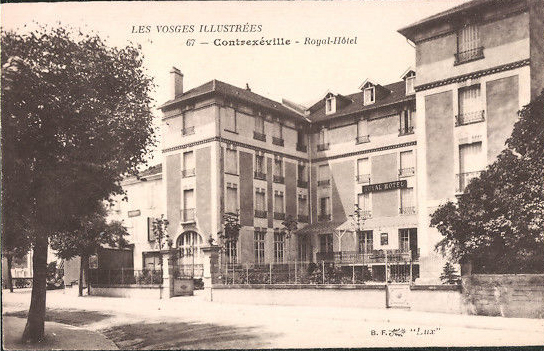
Postcard image of Hotel Royal (image captured from eBay)
Postcard image of Hotel Royal (from the personal items of Oliver Graber, Iowa State Historical Society)
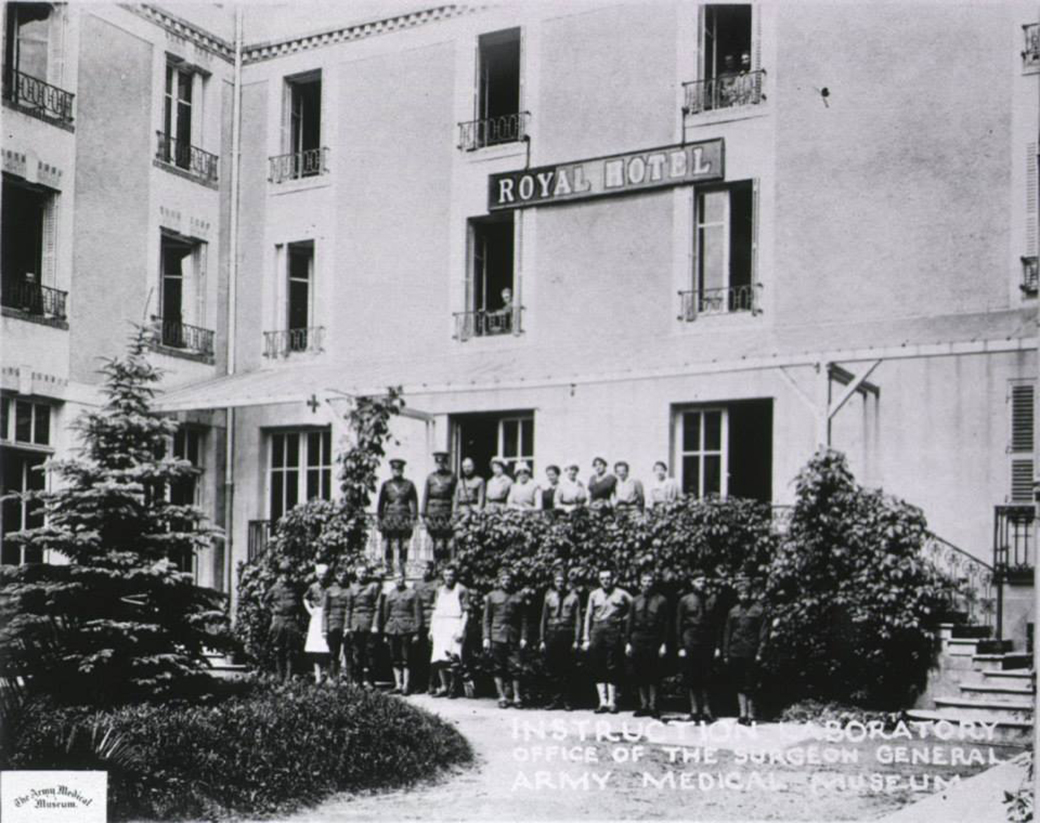
AEF personnel at Hotel Royal (image from the National Library of Medicine)
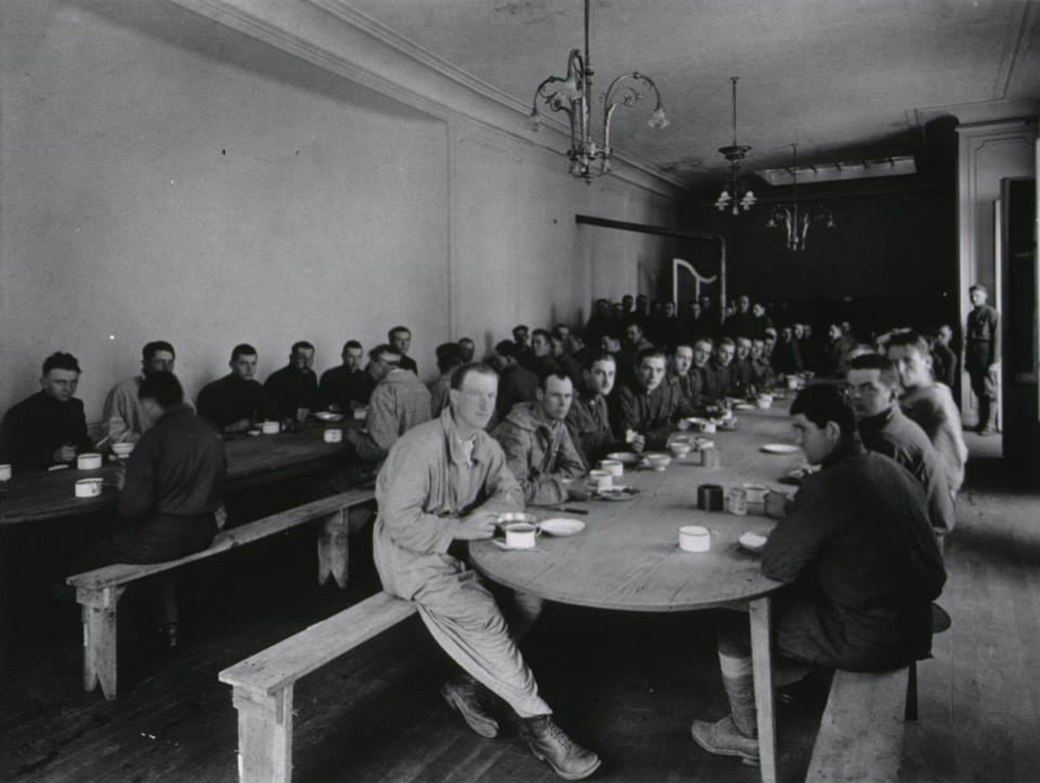
Convalescents' dining hall in Hotel Royal (image from the National Library of Medicine)
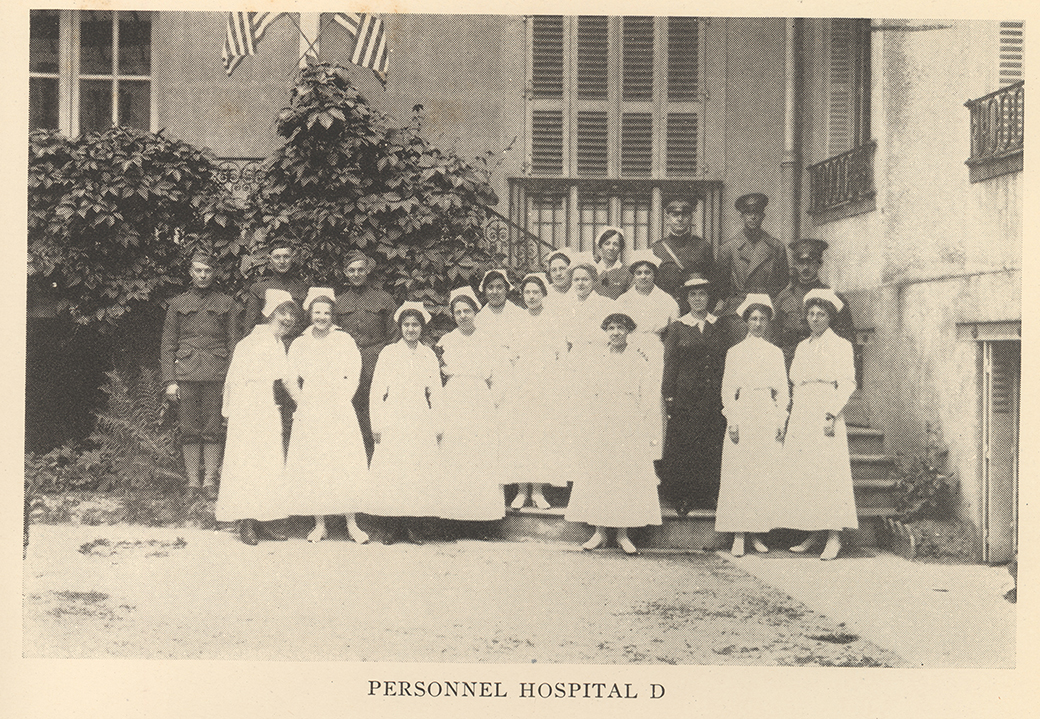
AEF personnel of Base Hospital 32's Hospital D (Hotel Royal) (image from the unit history of Base Hospital 32)
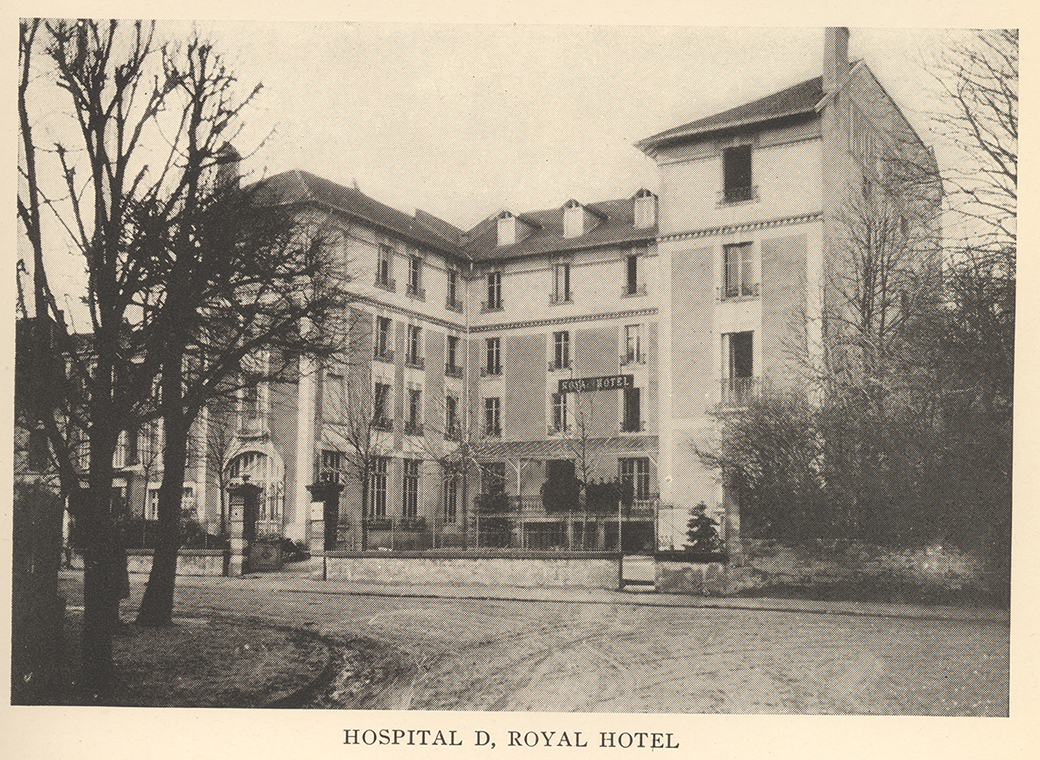
Hospital D of Base Hospital 32 (Hotel Royal) (image from the unit history of Base Hospital 32)
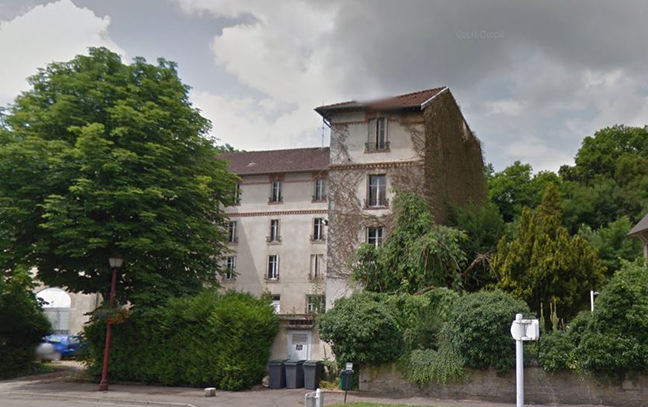
Formerly Hotel Royal (image from Google Maps street view)